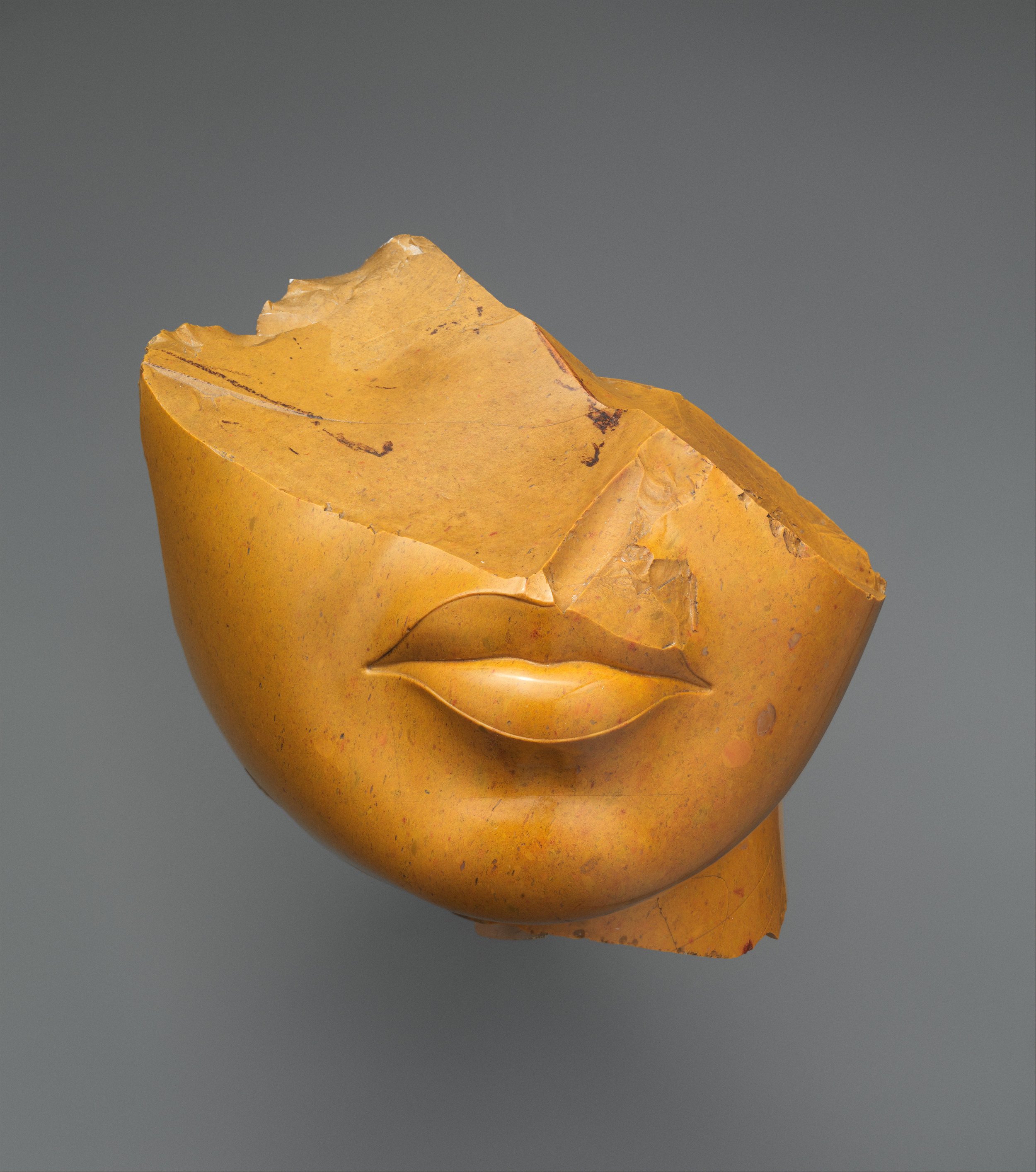“Cultural difference does not condemn us to incomprehension. It forces us to go beyond our own cultural horizons in an effort to make sense of what is going on in the world of others. Ancient historians must use the mindset of a cultural anthropologist, in addition to the traditional tools of their discipline.”
Read More
“I view my book not only as a celebration of resemblance and its nonsensical relations, but also an interruption of an exceptionalized and recurring image: that of God. The play of resemblances that found themselves in a divine origin is a patently human vanity project.”
Read More
“The book, in re-centering this vibrancy, enacts a refusal of closure by demanding that we remain open to the persistence of heteronormative and androcentric patriarchy alongside queerness, transness, and animality.”
Read More
“What does a human look like? What does a raven look like? What happens when you look at them for long enough to see something like yourself? And then you look even longer? –and there is something about being asked to attend to these things that gets at the heart of the matter.”
Read More
“Critical to this argument, and worthy of further reflection, is Rafael’s deployment of their own artistic practice to communicate their book’s ideas and to produce a meta-argument about history and method that develops alongside the text, and does work that words alone could never do.”
Read More
“In When a Human Gives Birth to a Raven, Neis uncovers a world of reproductive uncertainty, making a convincing case for taking the rabbis’ scenarios and debates at face value – as constitutive of ancient world-making.”
Read More
“Rafe’s book invites us to revisit what it meant in the rabbinic world to take care of another being, to rely on and be relied upon, and to be enmeshed with another being physically and psychically.”
Read More
This review panel features responses from a range of scholars working in late antiquity, originally shared at the 2024 Society of Biblical Literature Annual Meeting.
Read More
The exceptional influence and popularity enjoyed by DEH from late antiquity through the Middle Ages, and its critical interface with Jewish historiography as a work both based on and source of major Jewish histories, suggest that this work is important for scholars of pre-modern Judaism and/or Christianity to know.
Read More
“I hope the book further chips away at the deep-seated eurocentrism and Roman-triumphalism that continues to treat Iranian empires as backwards and primitive, employing different strategies of rule based on their lesser governing capabilities.”
Read More
“In the end what I think distinguishes Simcha’s account from others is the sense of the informality and improvisatory character of these arrangements, their non-institutionalization and their easy evadability. Thus, minority communities were not bound by any Personalitätsprinzip: they were not required to follow their own laws and did not even necessarily have any formal privilege to follow them, just accreted usage and custom.”
Read More
“Whatever the case, both Kartir and the Homilies converge on this one point, that is, that persecution now has an imperial scope. They agree that matters of religion are now imperial matters of concern, not just local. And it is perhaps this imperial vision of persecution that the early Sasanian experience with the Manichaeans bequeathed to later Sasanian Empire, especially following Constantine’s conversion and the later Christianization of the Roman Empire. “
Read More
“I want to respond to Gross’s call to read Bavli narratives differently – neither as pure literary creations nor as sources for historical fact, but as sites in which the rabbis are actively navigating their relationship with empire by incorporating and responding to imperial ideas and motifs.”
Read More
Actually, Simcha suggests, maybe all we have reflected in the Bavli is not a historical truth of kind kings versus mean magi but the effects of an imperial ideology which endeavored to get its Jewish subjects to think positively of the sovereigns and warily of the Zoroastrian clergy.
Read More
These two sets of patterns—rabbinic tensions with the non-rabbinic wealthy and their involvements with charity and the working poor—are arguably complementary. Not only should the rabbis prevail in the competition with the non-rabbinic wealthy for social capital because of their Torah study, interpretation, living, and teaching, they should prevail because they are benevolently mindful and even activist on behalf of their social inferiors (the working poor) and are willing and able to compel other Jews to be similarly mindful and also do charity in accordance with rabbinic visions of that cluster of practices.
Read More
The result is a radical revision of what we thought we knew about of Babylonian Jewish society, the place of the rabbis, and the nature of their textual tradition, as illuminated by comparison with other similarly-situated minority communities who were also navigating the realities of empire and being formed and transformed in the process. (I’ll return to this methodological point at the end.) But there’s more. The book also offers a radical revision of what we thought we knew about Sasanian rule.
Read More
A review panel from the 2024 Association for Jewish Studies featuring scholars engaging with Simcha Gross’s award winning Babylonian Jews and Sasanian Imperialism in Late Antiquity.
Read More
Catherine Hezser and Constantin Willems introduce the AHRC-DFG Collaborative UK-German Research Project in the Humanities (2023-26) on Rabbinic Civil Law in the Context of Ancient Legal History.
Read More
In this article, we argue that, despite and precisely because of these real cautions, public scholarship can further three core academic responsibilities: teaching, service, and even research.
Read More
Ancient Jew Review is thankful for our community of contributors and readers invested in learning about Jews and their neighbors in the ancient world. For the year of 2024, these are our ten most-read pieces published this year!
Read More















